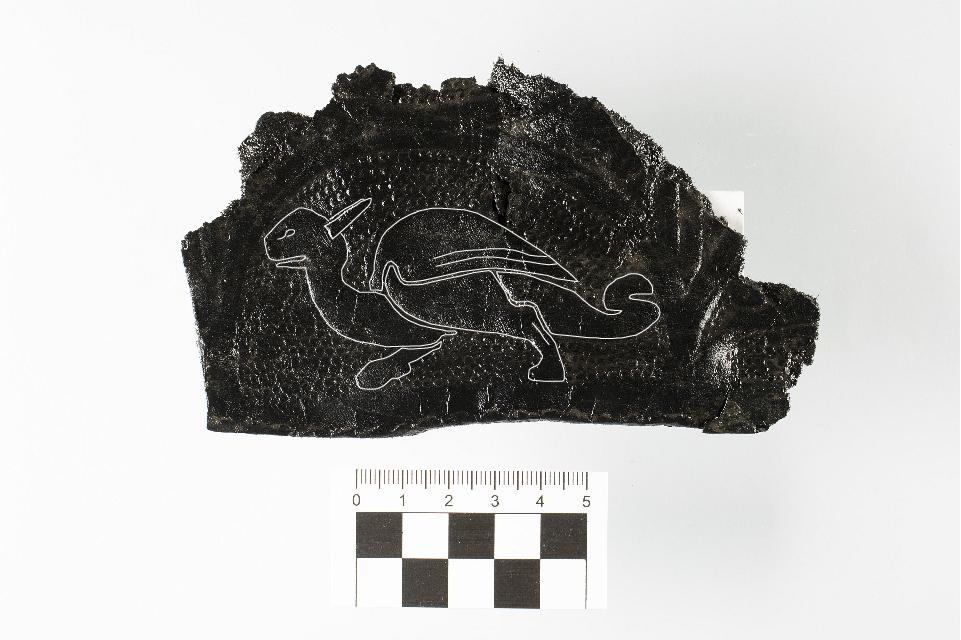Decorated Medieval Leather Found in Northern England

The artifact, which features a dragon or other mythical beast design, was discovered on Aldwark as part of the electrical distribution firm’s £300,000 investment in York’s power network.
Mike Hammond, Northern Powergrid’s general manager for the North Yorkshire region, said: “To find a piece of York’s past as we invest in the city’s future is really exciting.
“We’ve been working closely with the York Archaeological Trust as part of our work to replace high voltage cable on Aldwark, Goodramgate, and Deansgate.
The first scheme of work to improve the reliability and resilience of the electricity network but were not expecting to unearth anything quite so interesting.
We are working with the York Archaeological Trust to ensure the restoration and conservation of the leather fragment, which looks like it could be straight out of Game of Thrones, with its medieval dragon design.”
Northern Powergrid has completed the first of four schemes in York two weeks ahead of schedule, which will see some two-and-a-half kilometers of high voltage underground cable replaced across the city center during 2018/19.
The second scheme of work, which will take place on Grosvenor Road, Bootham Crescent and Queen Anne’s Road, has been brought forward and started on Monday ahead of schedule.
Toby Kendall, project officer from York Archaeological Trust, added: “Good early communication with the team from Northern Powergrid and the contractors completing the excavations has allowed us to archaeologically monitor and record the works without causing any delays.
The incredibly well preserved, and fantastically decorated, leather fragment had probably been disturbed from its waterlogged, deeper, burial conditions when the sewers were first installed over 100 years ago.
The recovery of the artifact shows the value of observing the works underway, even though they have not directly disturbed the waterlogged archaeology lower down.”
Source: archaeology.org





